My house is located next to the Tac River (Nha Trang City). Every day I go to the river to help my parents, looking across the river, I always wonder what interesting things are hidden deep inside the majestic Hoang Nguu Son (Dong Bo Mountain) range. When I asked the adults in the village, they only said that this place is a symbol of the strong will and bravery of the people of our hometown.
I still remember one historic April day, we kids visited the Dong Bo revolutionary base (in Phuoc Dong commune, Nha Trang city, Khanh Hoa province) together. Dong Bo is considered one of the unique revolutionary bases, with the highlight being a series of thousands of rocks forming a cave over 20km long.
Dong Bo base area was once the revolutionary base of Khanh Hoa army and people for 30 years, from 1945 to 1975. The base is an area with a system of high mountain ranges in the shape of an arc stretching out to create a solid wall.
That day, the weather was beautiful and sunny. The higher we went, the more difficult the path became, bumpy and overgrown with wild bushes. Every few hundred meters, our group had to sit down to rest and drink water to quench our thirst. The closer we got to the cave entrance, the more we had to squeeze through the crevices of stacked rocks. It seemed that time could not erase the traces of war. There were large rocks that had been hit by bombs and were split in half.
The deeper we went, the more caves and holes we saw. To get in to see, we had to crawl and bend as far as we could. The complex terrain in the cave made it impossible for the enemy to “decode” the movement of our troops, so this place was also called “Da Hang secret area”.
Going deeper inside, we saw more clearly the wartime equipment. Touching those items, we felt like we were touching a part of the heroic history. There were bamboo stalls tied tightly to the cliff, there were field stoves covered in ashes… Truly, only by witnessing with our own eyes could we, the children, fully understand the creativity and courage of the soldiers who had to “sleep on thorns and taste gall” here.
Half a century after the country stopped firing, Dong Bo is now changing its appearance, becoming an important red address to educate the younger generation about tradition.
Nowadays, Dong Bo is also an interesting tourist attraction. When visiting the old war zone, visitors will see relics of the resistance war. These are large wooden trees used as pillars to support the roof or as walkways. In addition, this place also preserves bamboo stalls, thick firewood sticks used as beds, floors for meetings, watching art performances, etc.
Although we were not born during the war, every time we set foot in the Dong Bo revolutionary base, our generation is always moved, proud, and cherishes every moment of peace we live.
(According to Women's Newspaper)
Source: http://baovinhphuc.com.vn/Multimedia/Images/Id/126861/Mot-lan-tham-can-cu-cach-mang-Dong-Bo


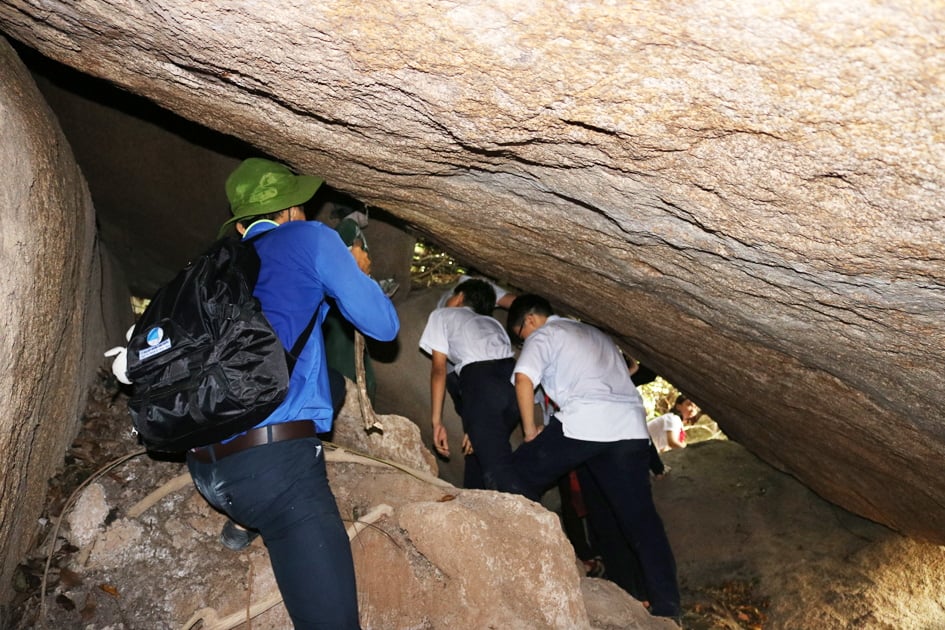
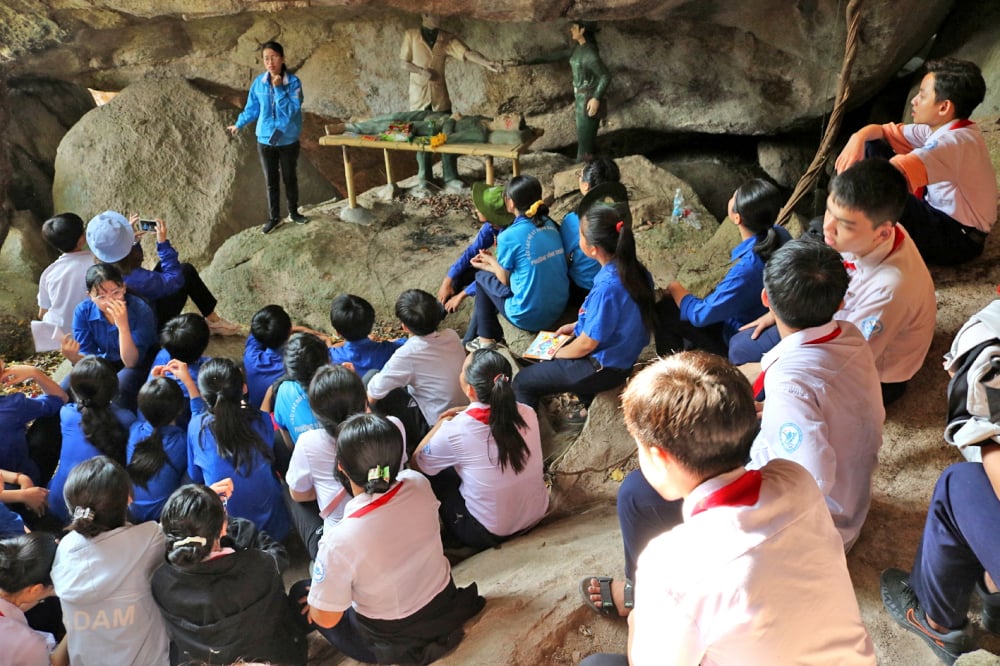



![[Photo] Prime Minister Pham Minh Chinh chairs conference on anti-smuggling, trade fraud, and counterfeit goods](https://vphoto.vietnam.vn/thumb/1200x675/vietnam/resource/IMAGE/2025/5/14/6cd67667e99e4248b7d4f587fd21e37c)



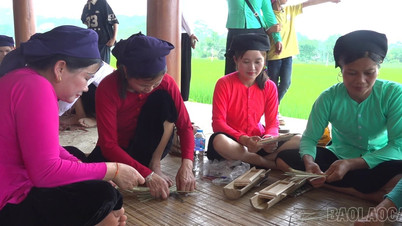
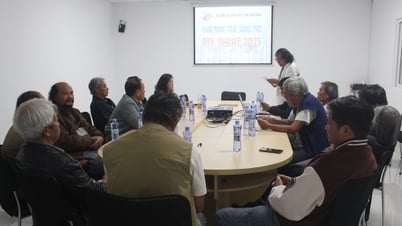
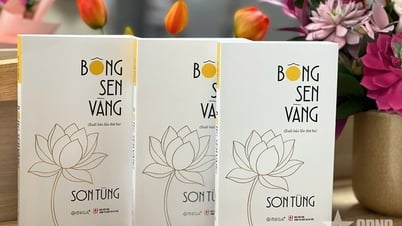
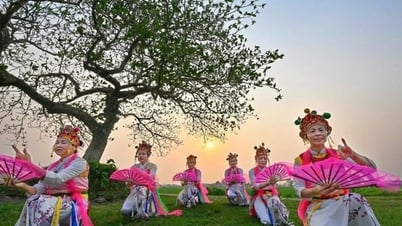







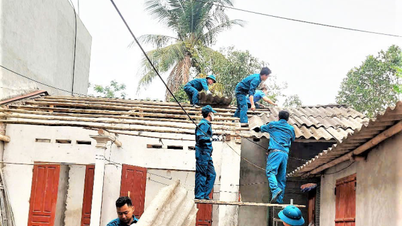


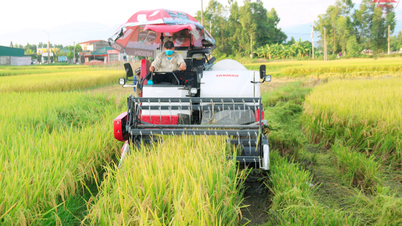

















































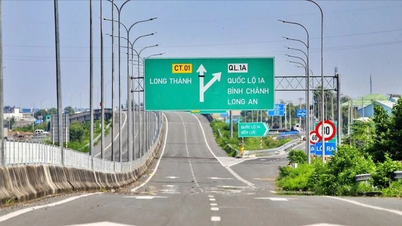

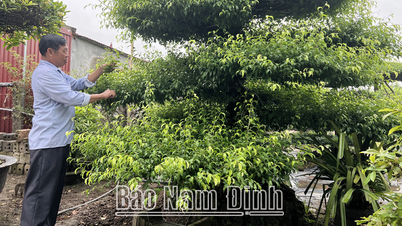

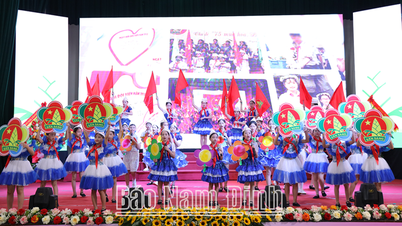












Comment (0)